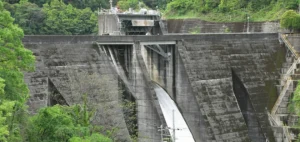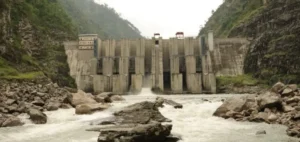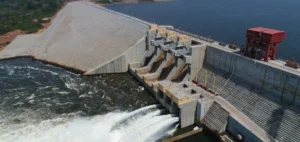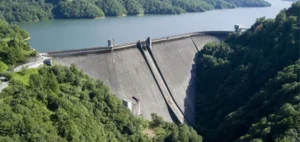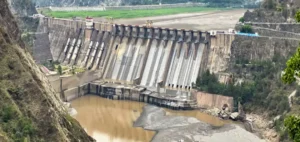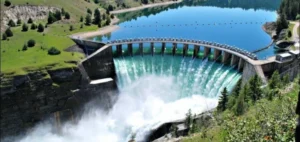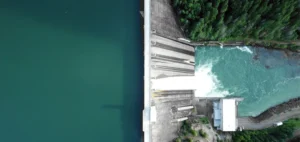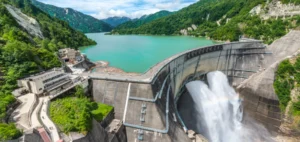Sabella Hydrolienne faces major financial challenges. However, its D10 tidal turbine prototype continues to attract a great deal of interest in the field of renewable energies.
Sabella, founded in 2008, has developed the D10 tidal turbine, with a theoretical output of 1 MW, immersed in the powerful Fromveur current off Ouessant Island (Finistère). During its first immersion between June 2015 and July 2016, this innovative machine supplied around 5% of the island’s electricity needs.
Promising technology
Although the technology was initially limited for testing, the tidal turbine now supplies between 30% and 75% of Ouessant’s electricity needs during high tides. This feat testifies to the potential of tidal turbines as a renewable energy source.
Financial challenges
Sabella currently employs 20 people, but is facing financial challenges. The company needs to find investors before the end of the demonstrator test phase in 2025. The lack of a legal framework for marine turbines is an obstacle to obtaining new financing.
An appeal to the State
Sabella aims to raise awareness of the benefits of tidal turbines for renewable energies. The company needs the French government to recognize tidal power as a renewable energy and pave the way for the creation of tidal farms. This could create an industrial sector in Brittany, generating numerous jobs.
The Future of Ushant
The island of Ouessant, which is self-sufficient in energy, aims to cover 100% of its electricity consumption with renewable energies by 2030. This project could considerably reduce its dependence on fuel oil, symbolizing the potential of marine energies in the energy transition.
Sabella embodies perseverance in the quest for innovative renewable energies, despite financial obstacles. The development of tidal power in France depends on collaboration between industry players, government support and awareness of the benefits of tidal energy.
Renewable energies are the future, and Sabella is playing a key role in making that future a reality, helping to combat climate change.
Final Analysis
Sabella’s story highlights the challenges and opportunities that accompany innovation in renewable energies. Despite the financial hurdles, marine energy technology shows great potential for meeting energy needs while preserving the environment.
The transition to renewable energies is an imperative in the fight against climate change. Sabella points out that this transition requires investment, appropriate legal frameworks and a long-term vision. The Breton SME embodies the innovative spirit and determination needed to meet this global challenge.
The future of clean energy lies with companies like Sabella, who dare to push the boundaries and pave the way for a more sustainable future. Renewable energies are a pillar in the fight against climate change, and Sabella is at the forefront of this crucial battle.





